Korta skidor, som Snowfeet* Skiblades och Skiskates, förändrar skidåkningen. Till skillnad från längre skidor är de kompakta, lätta och svarar direkt på dina rörelser. Det betyder att din kroppsställning är ännu viktigare för att hålla balansen och kontrollen.
Här är en snabb sammanfattning:
- Atletisk hållning: Fötterna höftbrett isär, knäna böjda och armarna avslappnade. Håll dig centrerad för bättre kontroll.
- Styrning med underkroppen: Använd dina ben och knän för att styra svängarna medan du håller överkroppen stadig.
- Svängtekniker: Kombinera vridning (pivotera dina fötter) och lutning (engagera skikanten) för skarpare, mjukare svängar.
- Varför Snowfeet* sticker ut: Vanliga vinterkängor fungerar med dem, de är portabla (får plats i en ryggsäck) och de är utmärkta för alla typer av terräng.
Snowfeet* produkter förenklar skidåkning, vilket gör dem perfekta för nybörjare eller alla som vill finslipa sin teknik. Oavsett om du övar på balansövningar eller skarpa carving-svängar, hjälper dessa korta skidor dig att lära snabbare och ha roligt samtidigt. Låt oss bryta ner allt.
DEN PERFEKTA SKIDHÅLLNINGEN | kroppsställning och hållning i varierande förhållanden och terräng
Grundläggande kroppshållning och balans
Få till din hållning och balans på korta skidor, så faller resten på plats. Med den kompakta designen av Snowfeet* produkter spelar din kroppsställning en stor roll för hur bra du presterar i backen.
Den atletiska hållningen: Din startpunkt
Tänk på den atletiska hållningen som din skidåkningsgrund. Börja med att placera fötterna ungefär höftbrett isär – det ger dig en stabil bas utan att kännas stel eller begränsad. Håll knäna böjda och lätt framåtlutade, nästan som om du är redo att kasta dig in i handlingen. Denna position hjälper till att absorbera gupp och anpassa sig till varierande terräng.
Dina armar ska hänga naturligt vid sidorna, med armbågarna lätt böjda, som om du höll osynliga skidstavar. Detta håller händerna på rätt plats och hjälper till med balansen.
En av fördelarna med Snowfeet* produkter är att du kan använda vanliga vinterkängor istället för styva pjäxor. Denna uppsättning ger dina vrister mer rörelsefrihet, vilket gör det lättare att hålla balansen och vara centrerad – ett absolut måste för en mjuk skidåkning.
Underkroppsstyrning och kroppsseparation
Här är en nyckelteknik: låt din underkropp styra medan din överkropp förblir lugn och stadig. Tänk på det som en skeppskapten som håller sig samlad medan besättningen sköter arbetet under däck.
Kortare skidor svänger lättare och ger bättre kontroll, vilket gör dem enklare att hantera.
Detta betyder att dina ben kan göra snabba, skarpa rörelser utan att tappa balansen. Dina höfter fungerar som delningslinjen mellan över- och underkroppen.
För att svänga, börja med benen och fötterna. Rulla knäna i den riktning du vill åka, och dina skidor följer naturligt med. Håll överkroppen mestadels vänd nedför backen, med bara en liten rotation för att följa svängen. Denna separation ger dig bättre kantkontroll och hindrar dig från att trassla in dig.
Med traditionella långa skidor, som de från Völkl eller Atomic, kan det vara svårare att uppnå denna separation eftersom deras längd ger motstånd. I kontrast är Snowfeet* Skiskates och Skiblades mycket mer responsiva mot underkroppens rörelser, vilket gör det lättare att bemästra denna viktiga färdighet.
Ett bra sätt att öva är att göra små, kontrollerade svängar samtidigt som du håller axlarna kvadratiska mot backen. Du kommer snabbt märka hur mycket mer kontroll du har när överkroppen inte kämpar mot underkroppens rörelser. Denna precision är där Snowfeet* produkter verkligen glänser.
Varför Snowfeet* förbättrar balans och hållning
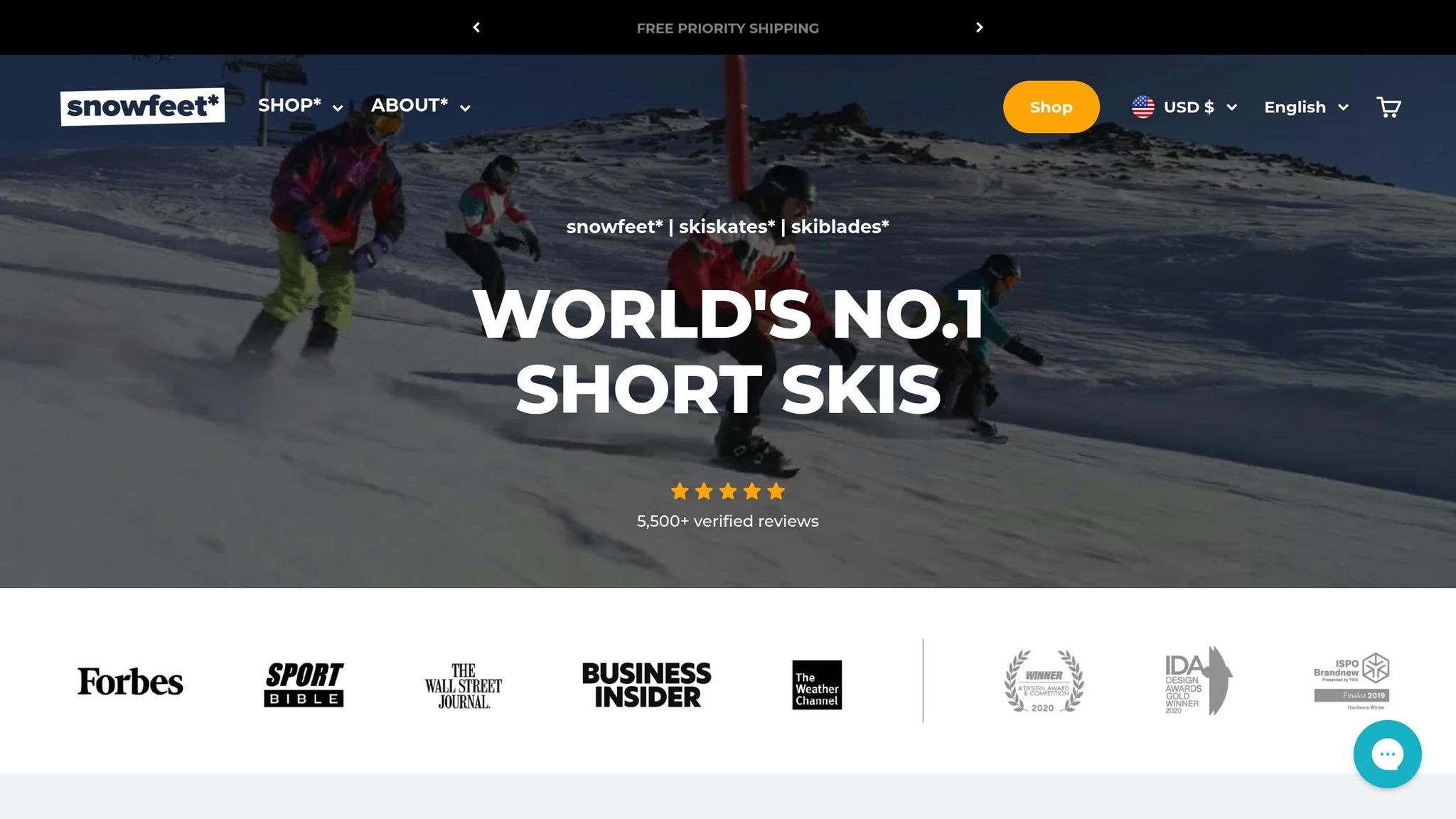
Snowfeet* produkter ger seriösa fördelar för din hållning och balans. Deras mindre storlek och lätta design gör det enklare att hålla balansen och återhämta sig snabbt om du tappar fotfästet.
Den omedelbara feedback du får från Snowfeet* är en riktig game-changer. Om din hållning är fel eller balansen sviktar känner du det direkt. Denna snabba respons hjälper dig att bygga muskelminne snabbare jämfört med att använda längre, mer förlåtande skidor.
En annan fördel? Att bära vanliga vinterkängor istället för pjäxor förbättrar din proprioception – det är kroppens naturliga känsla för var den befinner sig i rummet. Denna ökade medvetenhet gör det lättare att finjustera dina rörelser och behålla kontrollen.
Oavsett om du åker på Skiskates eller de längre Skiblades uppmuntrar deras kompakta storlek dig att hålla fötterna närmare varandra. Detta främjar naturligt bättre balans och en atletisk hållning. Dessutom överförs dessa färdigheter väl om du någonsin bestämmer dig för att prova traditionell skidåkning, vilket gör Snowfeet* till ett fantastiskt träningsverktyg för skidåkare på alla nivåer.
Svänga och karva på korta skidor
Att svänga och karva på korta skidor, som Snowfeet* produkter, ger en annan känsla jämfört med traditionella skidor. Deras kompakta design gör varje rörelse skarpare och mer instinktiv. Låt oss dyka in i de viktigaste teknikerna som framhäver det bästa i dessa små kraftpaket.
Svängmetoder: Vridning vs. Lutning
När det gäller svängar finns det två huvudsakliga metoder: vridning och lutning.
- Twisting handlar om att rotera benen och fötterna för att pivota skidorna, ungefär som en hockeystopp. Detta fungerar perfekt med Snowfeet* produkter eftersom deras kortare längd gör dem superagila. Det är en favoritmetod för snabba svängar på trånga ställen eller för att snabbt sakta ner.
- Tipping är lite annorlunda. Här rullar du skidorna på deras kanter för att carvea mjuka bågar istället för att glida sidledes. Med Snowfeet* Skiskates eller Skiblades känns tipping nästan omedelbart. Deras korta längd innebär att du inte brottas med extra skida, vilket gör det lättare att göra rena svängar. Ofta blandar du dessa tekniker – startar en sväng med en twist och tippar sedan på kanterna för en mjuk avslutning.
Jämfört med traditionella långa skidor, som kan kännas tröga när man växlar mellan dessa metoder, är Snowfeet* produkter byggda för skarpa, snabba rörelser.
När du har fått kläm på din svängstil är det dags att dela upp svängarna i deras tre nyckelfaser.
De 3 faserna i en sväng
Varje stabil sväng har tre delar, och din kroppsställning förändras med varje del:
-
Fas 1: Initiering
Här börjar allt. Luta dig framåt in i den nya svängen, bestäm dig för riktningsändringen och förbered rörelsen. -
Fas 2: Kontroll
Nu styr du och kontrollerar din hastighet. Ditt ytterben (det motsatta benet från svängen) tar ledningen, medan ditt innerben slappnar av. Skidorna gräver ner i snön och carvass med balans och precision. -
Fas 3: Övergång
När svängen avslutas flyttar du vikten tillbaka till mitten. Dina ben sträcks ut något och du släpper kanterna, redo att kasta dig in i nästa sväng.
“Korta svängar kan carvass, men det kräver hög skicklighet att böja skidan till en snävare radie än dess naturliga sidecut.”
Med Snowfeet* produkter sker dessa faser snabbare än med traditionella skidor. Deras kortare längd betyder mindre skida att kontrollera, vilket gör hela processen smidig och naturlig.
Varför Snowfeet* gör svängar enklare
Den kompakta designen på Snowfeet* produkter förändrar spelet när det gäller svängar. Långa skidor kan kännas som om de släpar när du försöker byta från en kant till en annan. Men med Snowfeet* är kantbyten snabba och enkla, vilket låter dig länka svängar sömlöst – även på trånga ställen.
Denna rörelsefrihet hjälper dig att lära dig snabbare. Misstag känns mindre straffande, och den omedelbara återkopplingen från skidorna skärper din teknik. Oavsett om du åker de ultralätta Skiskates eller de mer stabila Skiblades, erbjuder Snowfeet* produkter en användarvänlig plattform som passar skidåkare på alla nivåer.
sbb-itb-17ade95
Snowfeet* vs. Traditionella skidor och snowboards
Traditionella skidor och snowboards har länge varit förstahandsvalet för vintersportentusiaster. Men Snowfeet* skakar om med sina kompakta, smidiga korta skidmodeller. När man jämför kroppsställning och total prestanda utmärker sig Snowfeet* med sin lätta och användarvänliga design.
Portabilitet, inlärningskurva och mångsidighet
Vikt och transport
Traditionella skidor mäter vanligtvis 60–72 tum och väger 8–12 lbs, vilket gör dem otympliga och besvärliga att transportera. Snowfeet*, å andra sidan, erbjuder produkter som Mini Ski Skates, som är cirka 15 tum långa och väger under 4 lbs. De är så kompakta att de får plats i en ryggsäck. Föreställ dig att gå upp till en backe, spänna fast dem med dina vanliga vinterkängor och vara redo att åka skidor på några minuter. Ingen extra förvaringsplats behövs i bilen eller garaget - Snowfeet* utrustning kan enkelt stoppas i en garderob eller packas som vanlig bagage.
Inlärningskurva
Traditionell skidåkning har en brantare inlärningskurva och kräver tekniker som framåtlutad viktfördelning, bred stans och höftdrivna svängar. Dessa färdigheter kan ta veckor eller till och med månader att bemästra. Snowfeet* produkter förenklar saker med en mer naturlig, centrerad viktfördelning och axelbrett stans. Istället för att kämpa med tung utrustning kan du fokusera på att ha roligt i snön direkt.
Terrängflexibilitet
Traditionella skidor är främst designade för preparerade backar, vilket begränsar var du kan använda dem. Snowfeet* produkter däremot glänser över olika terränger. Oavsett om du är i backar, parker, utforskar vandringsleder eller till och med leker i din snötäckta trädgård, är Snowfeet* utrustning byggd för mångsidighet. Deras förmåga att hantera trånga utrymmen och snabba svängar utmanar den gamla tron att längre skidor alltid är bättre.
"Att utmana idén 'Längre är bättre'"
I åratal har skidtillverkare som Rossignol, Salomon och K2 främjat idén att längre skidor är överlägsna. Snowfeet* är här för att ifrågasätta den berättelsen. Längre skidor kräver ofta en framåtlutad kroppsställning och betydande styrka för att kontrollera. Stabilitet kommer dock från rätt kroppsställning - inte skidans längd. Snowfeet* produkter fokuserar på en centrerad viktfördelning med engagerade vrister och knän, vilket ger dig bättre kontroll och en mer naturlig hållning.
Medan traditionella skidor kan ha en fördel i rak linje-hastighet på preparerade backar, erbjuder verkliga förhållanden sällan sådan perfektion. Snowfeet* produkter utmärker sig i varierande snö och trånga backar, där smidighet och precision är nyckeln. När du jämför de två sida vid sida blir fördelarna med Snowfeet* tydliga.
Jämförelsetabell: Snowfeet* vs. Traditionell Utrustning
| Funktion | Snowfeet* Produkter | Traditionella Skidor | Traditionella Snowboards |
|---|---|---|---|
| Vikt | 2–4 lbs | 8–12 lbs | 6–10 lbs |
| Längd | 15–47 tum | 60–72 tum | 48–65 tum |
| Inlärningstid | Timmar till dagar | Veckor till månader | Veckor till månader |
| Pjäxkrav | Vanliga vinterskor | Specialiserade skidpjäxor | Specialiserade snowboardpjäxor |
| Bärbarhet | Får plats i ryggsäck | Kräver skidväska/ställ | Kräver brädväska/ställ |
| Kroppsställning | Centrerad, naturlig hållning | Framåtlutad, bred hållning | Sidledes, kantberoende |
| Terrängflexibilitet | Alla snöytor | Främst preparerade backar | Preparerade backar och parker |
| Prisspann | $250–$775 | $400–$1,200+ | $300–$800+ |
Tabellen lyfter fram en viktig skillnad: Snowfeet* samarbetar med din naturliga rörelse istället för att tvinga dig anpassa dig till utrustningen. Traditionella skidor och snowboards kräver ofta specifika, ibland ansträngande kroppsställningar som tar tid och kraft att bemästra. Med Snowfeet* kan du hoppa över besväret med klumpig utrustning och fokusera på att njuta av snön från dag ett.
Praktiska tips för bättre kroppsställning på Snowfeet*
Att få rätt kroppsställning på Snowfeet* kräver inte år av träning som traditionell skidåkning. Tack vare deras kompakta design och snabba respons gör dessa korta skidor det lättare att lära sig rätt teknik. Så här kan du förbättra din hållning, svängar och övergripande kontroll.
Övningar för bättre hållning och balans
Att finslipa din hållning och balans är nyckeln till att bemästra Snowfeet*. Dessa enkla övningar kan hjälpa dig att bygga självförtroende och kontroll.
Väggsittningsövningen
Hemma, prova att stå med ryggen mot en vägg och glid ner tills låren är parallella med golvet. Håll positionen i 30 till 60 sekunder och håll vikten centrerad över fötterna. Denna övning stärker de muskler du kommer att förlita dig på när du använder Snowfeet* och efterliknar idealisk vrist- och knäengagemang.
Statisk balansövning
Ta på dina Snowfeet* på platt snö och öva på att balansera utan att röra dig. Håll vikten jämnt fördelad mellan båda fötterna, med lätt böjda knän och en stabil bål. Spendera 5-10 minuter på att vänja dig vid hur utrustningen känns under fötterna.
Sidledes viktförskjutningar
Flytta vikten från ena foten till den andra. Denna övning hjälper dig att känna hur responsiva Snowfeet* är jämfört med traditionella skidor. Börja med små rörelser och gör gradvis större viktförskjutningar, med fokus på att hålla balansen hela tiden.
Träna svängar och kantkontroll
Den tre-fasiga svängmetoden
Tänk på varje sväng som tre steg: initiering, kontroll och avslutning. Börja med att rulla dina vrister och knän i den riktning du vill åka – ingen anledning att vrida överkroppen. Snowfeet* reagerar snabbt på denna underkroppsrörelse, vilket gör första fasen smidigare än med längre skidor.
Under kontrollfasen, applicera jämnt tryck på kanterna samtidigt som du håller överkroppen stilla och vänd nedför backen. Snowfeet*s kompakta storlek innebär att du slipper kämpa med långa kanter. Avsluta svängen genom att lätta på kanttrycket och återgå till en neutral position.
Kantkontrollövningar
Träna på måttliga backar för att förbättra din kantkontroll. Börja med mjuka svängar och använd dina vrister och knän för att engagera kanterna. Den omedelbara återkopplingen från Snowfeet* gör det lättare att snabbt utveckla denna färdighet.
En bra övning är "järnvägsspåret": gör parallella svängar nerför backen och fokusera på att lämna rena, jämna spår i snön.
Vanliga misstag att undvika
Undvik att luta dig för långt framåt eller bakåt – Snowfeet* presterar bäst när du håller en neutral, atletisk hållning. Motstå också frestelsen att vrida axlarna för att starta en sväng. Låt underkroppen göra jobbet medan överkroppen är stabil och vänd nedför backen.
Enkel åtkomst och lättanvända
Snowfeet* handlar inte bara om prestanda – de är också otroligt praktiska, vilket gör träningspassen enkla och roliga.
Skoflexibilitet
En av de mest framträdande egenskaperna hos Snowfeet* är deras kompatibilitet med olika typer av skor. Oavsett om du föredrar vinterkängor, snowboardkängor eller skidpjäxor gör de justerbara bindningarna det enkelt att använda vad du än har. Det betyder att du kan fokusera på din teknik utan att oroa dig för specialutrustning.
Snabb uppsättning för träningspass
Tack vare sin lätta och kompakta design är Snowfeet* lätta att bära med sig. De väger under 4 lbs och får plats prydligt i en ryggsäck, så du kan prova olika backar och terränger under dagen. Denna mångsidighet gör dem perfekta för snabba träningspass.
Anpassningsbarhet efter färdighetsnivå
Om du precis har börjat är Snowfeet* Mini Ski Skates (250 dollar) ett utmärkt val för att lära dig balans och grundläggande kroppshållning. När du blir mer säker kan du uppgradera till Skiskates (575 dollar) eller Skiblades (635–775 dollar) för bättre prestanda samtidigt som du håller fast vid samma grundläggande kroppshållning. De färdigheter du utvecklar på kortare modeller överförs lätt till längre, vilket gör framstegen smidigare och mindre skrämmande än med traditionell skidåkning.
Slutsats: Varför kroppshållning och Snowfeet* är viktiga
Att få rätt kroppshållning är nyckeln till kontrollerad och njutbar skidåkning. Denna guide har brutit ner hur den atletiska hållningen, styrning med underkroppen och separationen mellan över- och underkropp samarbetar för att skapa mjuka, kontrollerade svängar. Och här kommer Snowfeet* in – de förenklar inlärningskurvan och gör skidåkning mer intuitivt jämfört med traditionell utrustning.
Tänk på det: traditionell skidåkning innebär klumpig utrustning, branta inlärningskurvor och en rejäl prislapp. Snowfeet* vänder på steken. Med modeller prissatta mellan 250 och 775 dollar fungerar de med dina vanliga vinterkängor, får plats i en ryggsäck och svarar direkt på dina rörelser. Inga fler kämpiga 6-fots skidor eller hundratals dollar för specialstövlar. Snowfeet* är kompakta, bekväma och designade för att röra sig med din naturliga kroppsmekanik.
När du använder Snowfeet* ger rullande vridningar i anklarna och aktivering av knäna omedelbar, tydlig feedback. Till skillnad från långa skidor som ofta kräver överdrivna överkroppsvridningar, svarar Snowfeet* naturligt på dina rörelser. De kompakta kanterna reagerar direkt och ger dig realtidsinformation om din teknik. Denna omedelbara feedback gör inlärningen snabbare och mer effektiv, särskilt under balansövningar och kantkontroll.
Snowfeet* öppnar också upp vintersport för alla. Glöm dyra skidorter eller perfekta puderdagar – parker, mjuka backar eller till och med din egen trädgård kan bli din träningsplats. Så länge det finns snö har du en lekplats för att finslipa dina färdigheter och kroppshållning.
Framtiden för vintersport handlar inte om större, mer komplicerad utrustning. Det handlar om att göra upplevelsen rolig, tillgänglig och fri. Snowfeet* representerar ett skifte mot utrustning som kompletterar dina naturliga rörelser istället för att tvinga dig att anpassa dig till stela, traditionella uppsättningar. När du behärskar grunderna i kroppshållning med utrustning som svarar sömlöst, blir vintersport mindre om exklusivitet och mer om njutning för alla.
Oavsett om du väljer $250 Mini Ski Skates eller $775 Short Skis, gör Snowfeet* det möjligt och roligt att lära sig rätt teknik. Genom att kombinera smart design med naturliga kroppsrörelser förstärker de allt vi har diskuterat och hjälper dig att bemästra skidåkning på dina villkor.
Vanliga frågor
Hur hjälper Snowfeet-produkter till med balans och kontroll jämfört med traditionella skidor?
Snowfeet-utrustning sticker ut eftersom den är kortare och lättare än vanliga skidor, vilket gör den mycket enklare att hantera och kontrollera. Tack vare deras kompakta storlek kan du göra snabbare, skarpare svängar med bättre stabilitet – särskilt i lägre hastigheter. Detta gör dem till ett utmärkt val för nybörjare eller alla som söker mer smidighet i backen.
Till skillnad från långa skidor som fokuserar på hastighet men kan kännas otympliga, tar Snowfeet-produkter bort besväret med balans under svängar och carving. Deras smarta design ger en rolig och mångsidig vintersportupplevelse som passar alla färdighetsnivåer.
Hur skiljer sig svängtekniker mellan Snowfeet korta skidor och traditionella långa skidor?
Snowfeet korta skidor handlar om smidighet. Deras kompakta storlek gör snabba, skarpa svängar enkla utan mycket ansträngning. Denna design erbjuder fantastisk kontroll och respons, särskilt i lägre hastigheter, vilket gör dem till ett utmärkt val för nybörjare eller alla som vill ha en lekfull och rolig upplevelse i backen.
Å andra sidan är traditionella långa skidor byggda för stabilitet och briljerar när det gäller breda, kontrollerade svängar – perfekt för carving i höga hastigheter. Medan längre skidor ger en mjuk åktur på öppna spår, tar Snowfeet korta skidor skidåkningen till en helt ny nivå av spänning. De är idealiska för att navigera trängre utrymmen och omfamna ett mer äventyrligt, livligt sätt att åka skidor på.
Kan jag använda Snowfeet på olika terränger och snöförhållanden?
Ja, Snowfeet* korta skidor är byggda för att klara alla typer av snö och terräng – puder, preparerade spår, till och med ojämna partier. Tack vare deras kompakta storlek och lätta konstruktion är de superlätta att kontrollera och anpassar sig väl oavsett om du glider nerför mjuka backar eller navigerar svårare åk.
Jämfört med vanliga skidor eller snowboards ger Snowfeet* dig mer smidighet och precision, vilket gör dem perfekta för en rolig och dynamisk upplevelse i snön. Dessutom accepteras de på de flesta skidorter i USA, så du kan ta med dem nästan överallt!







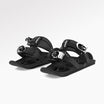

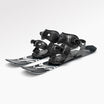
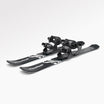

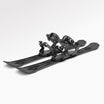

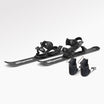






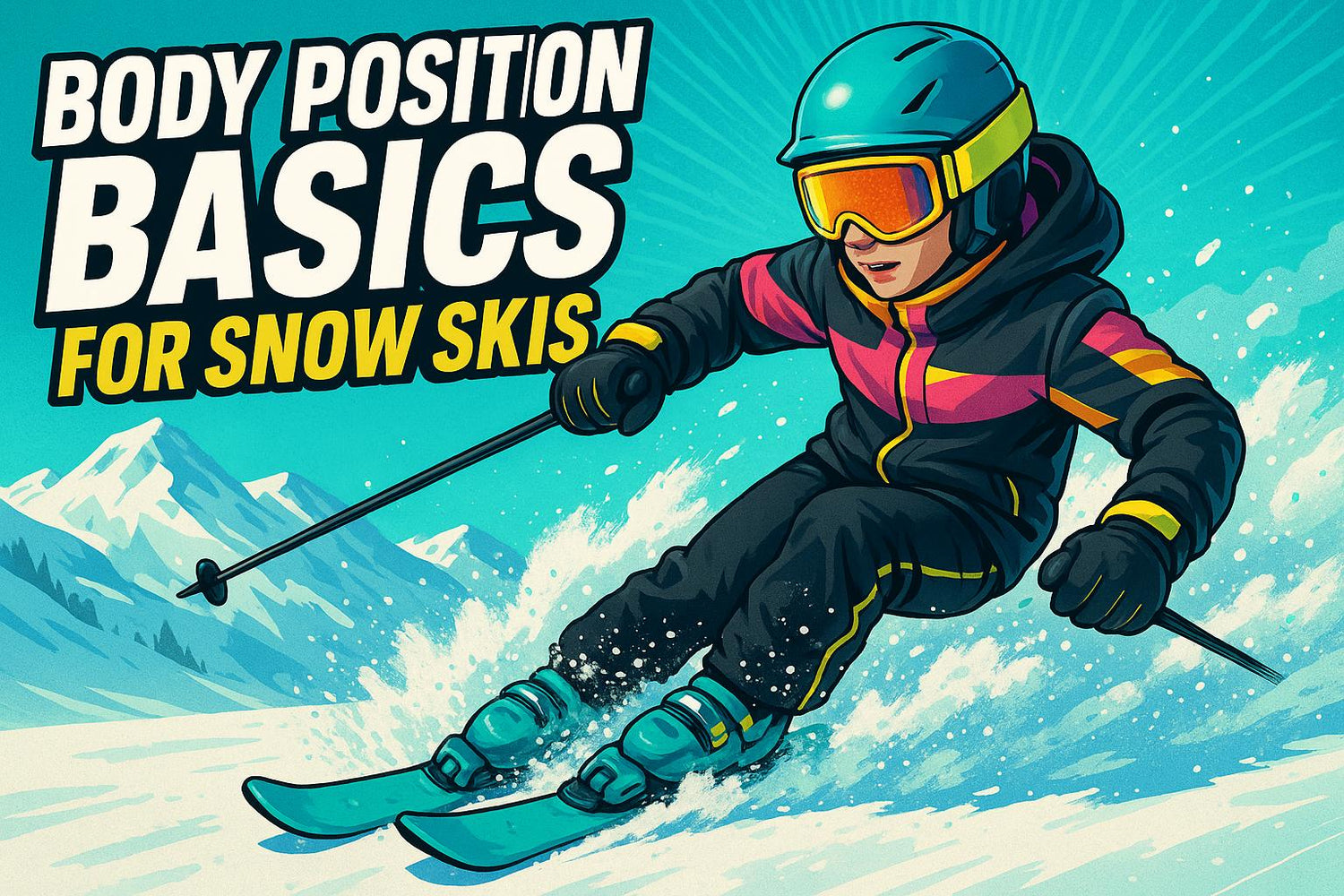
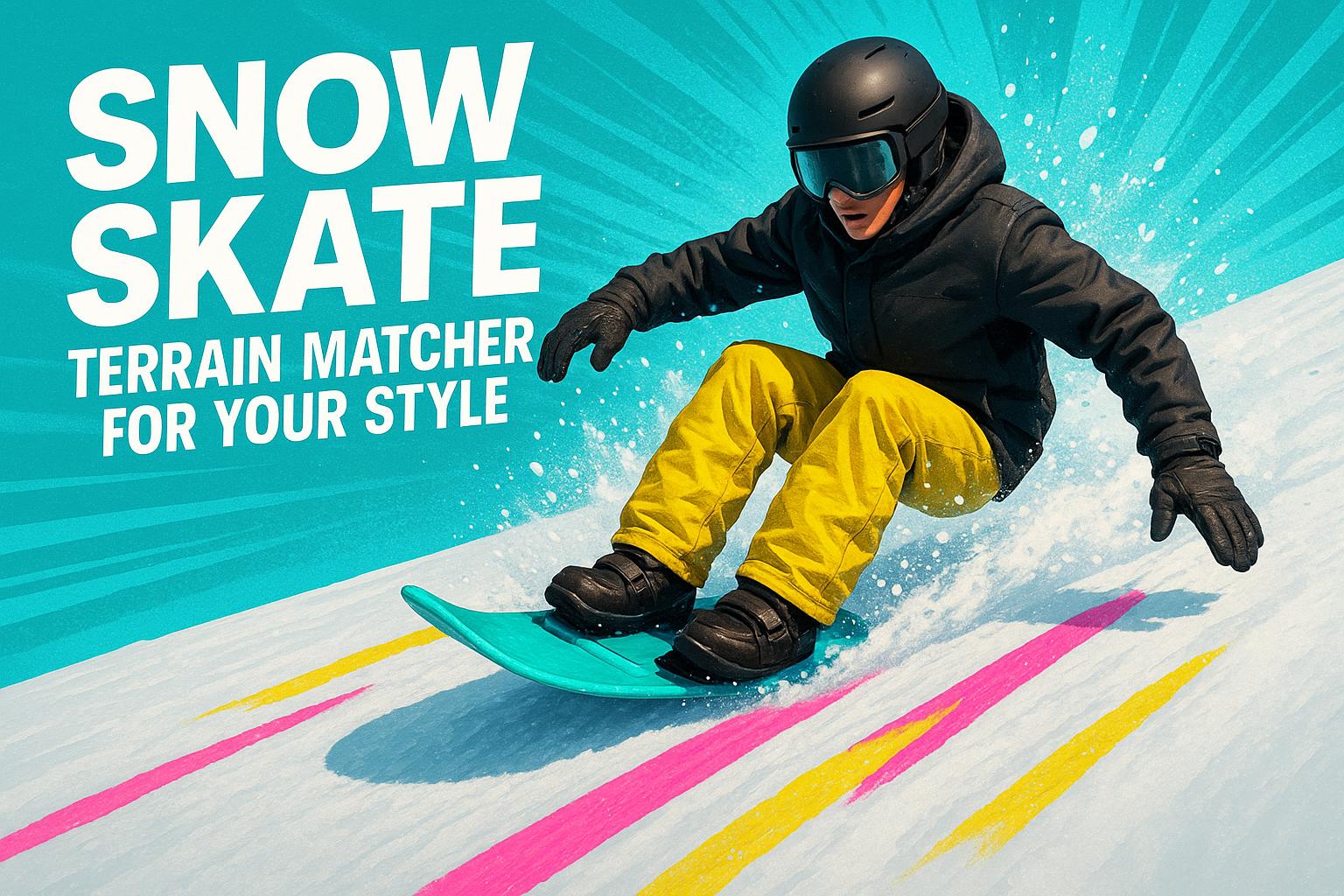
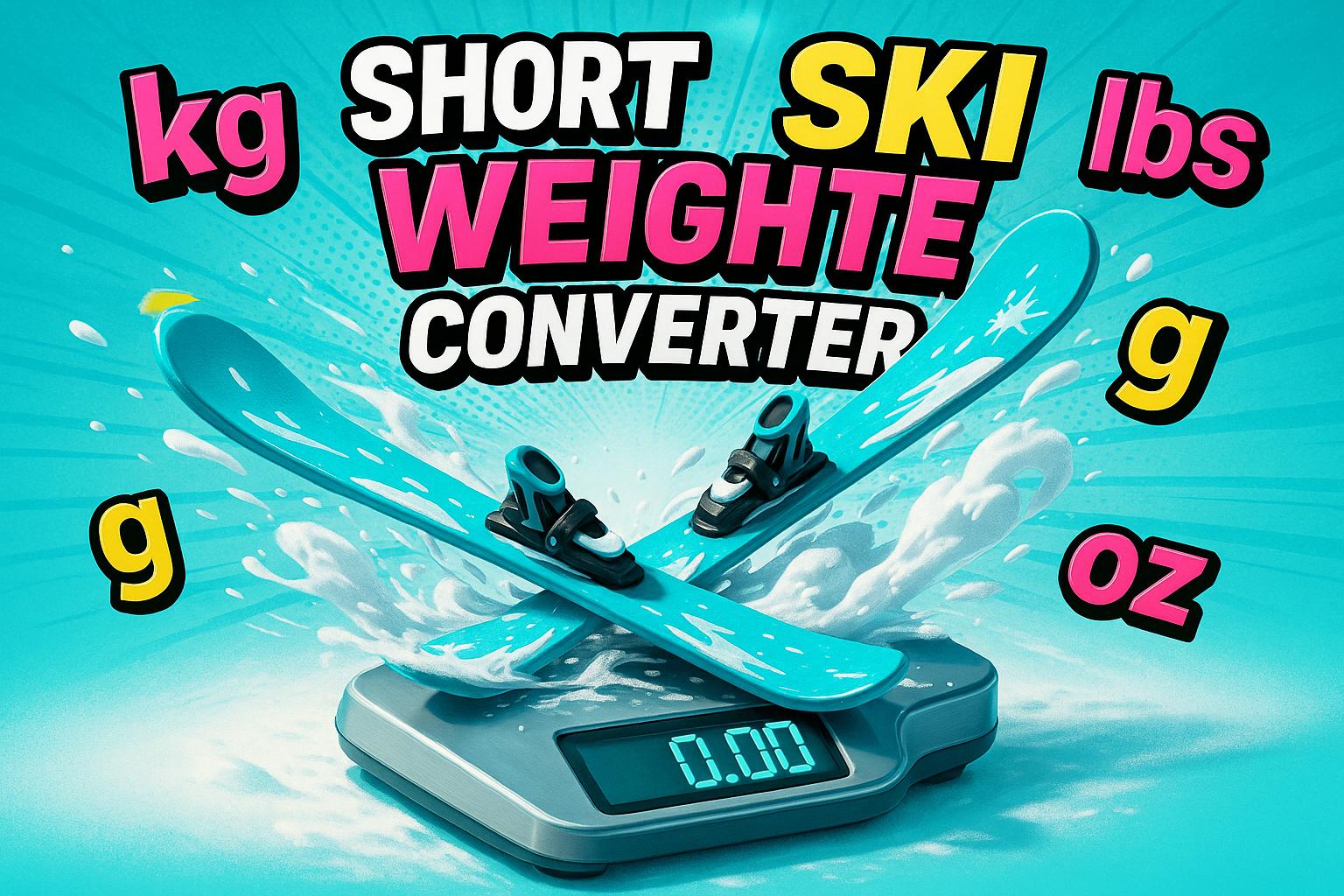

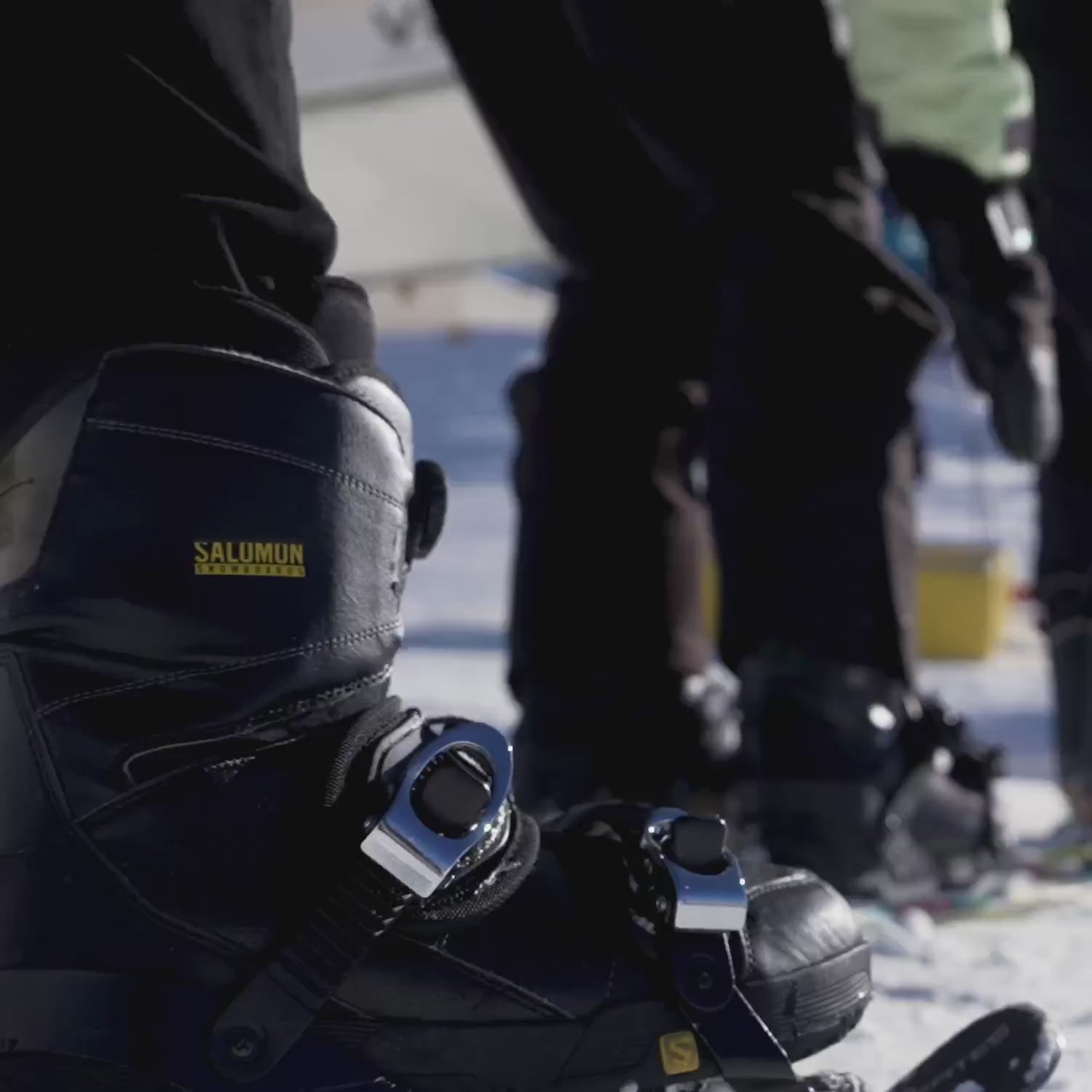

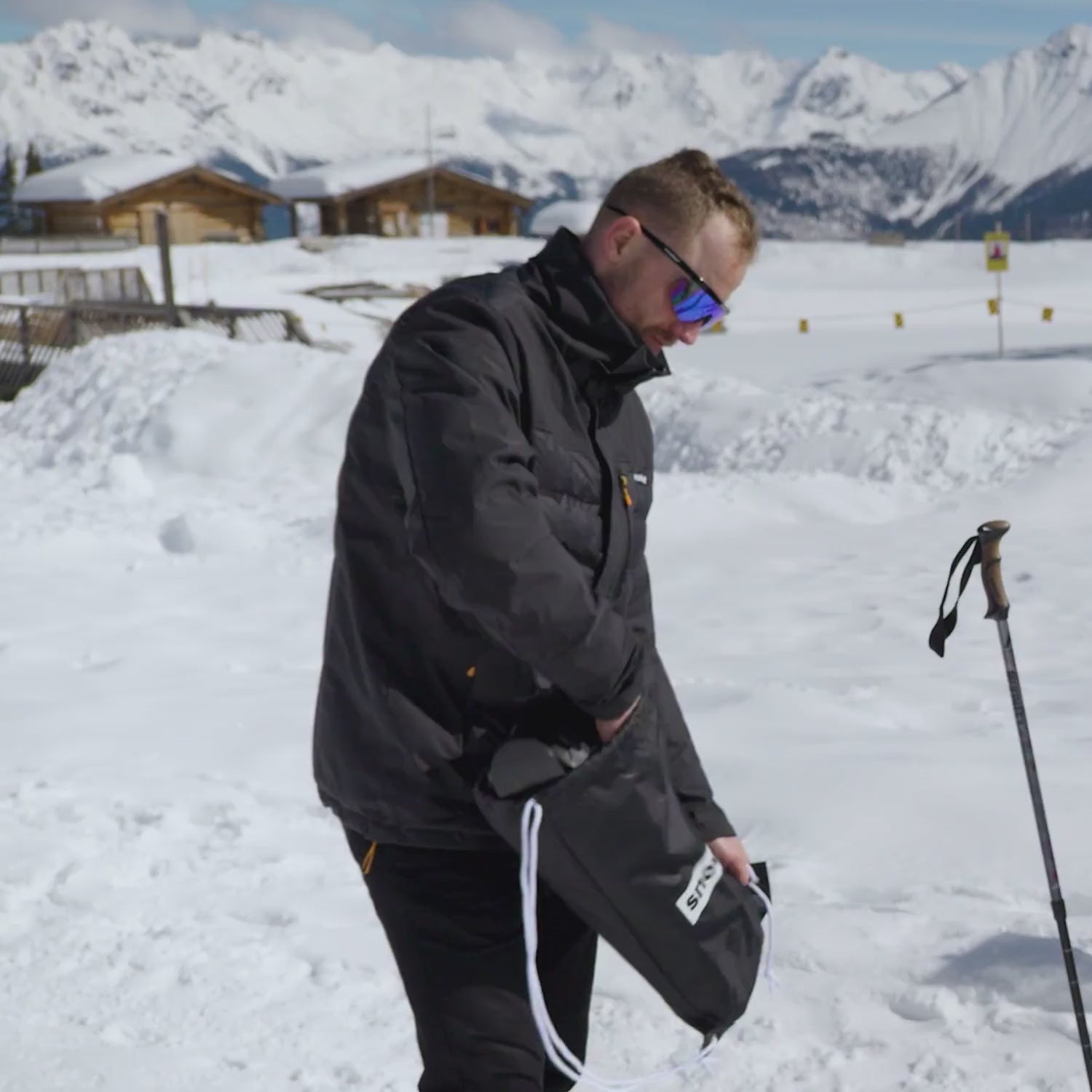
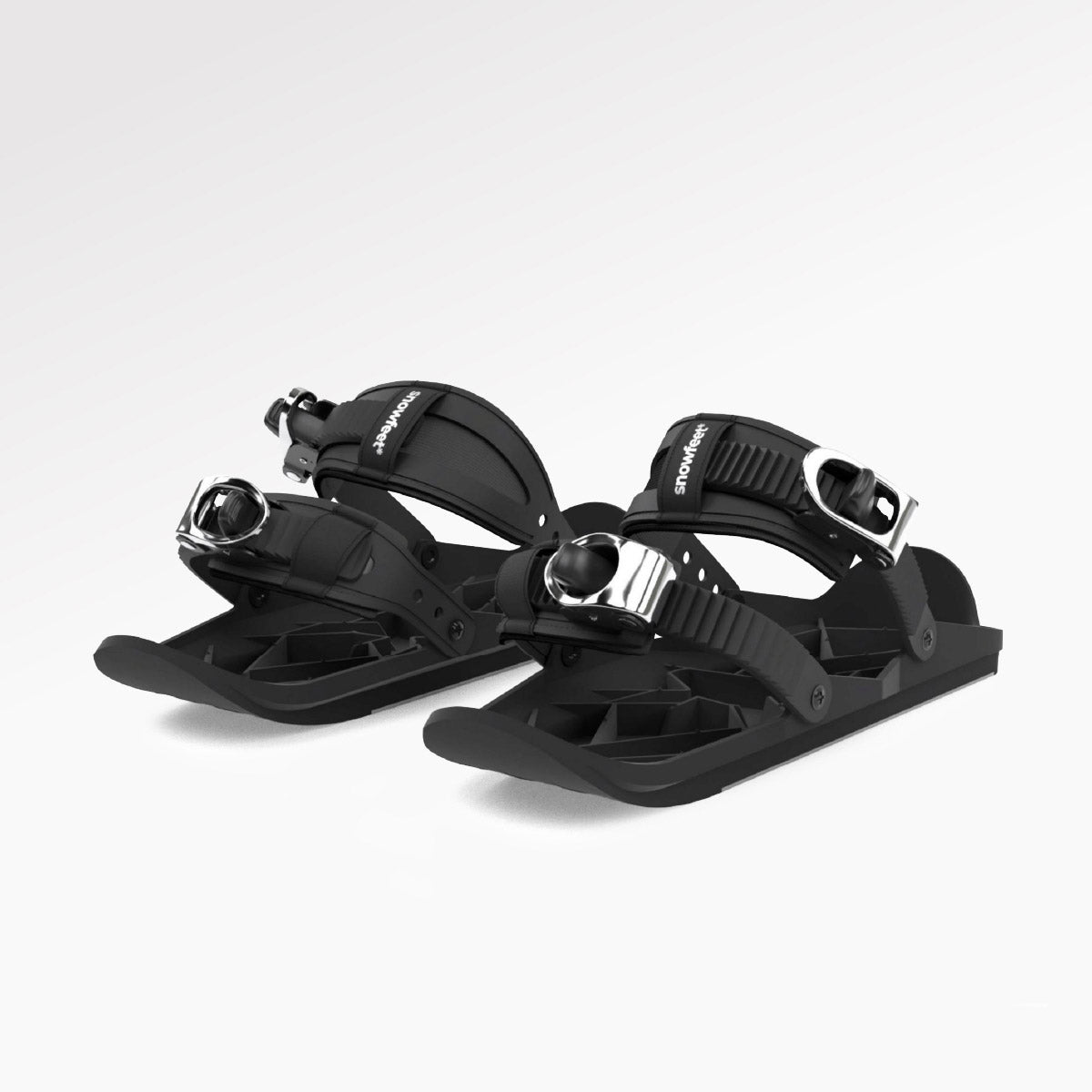
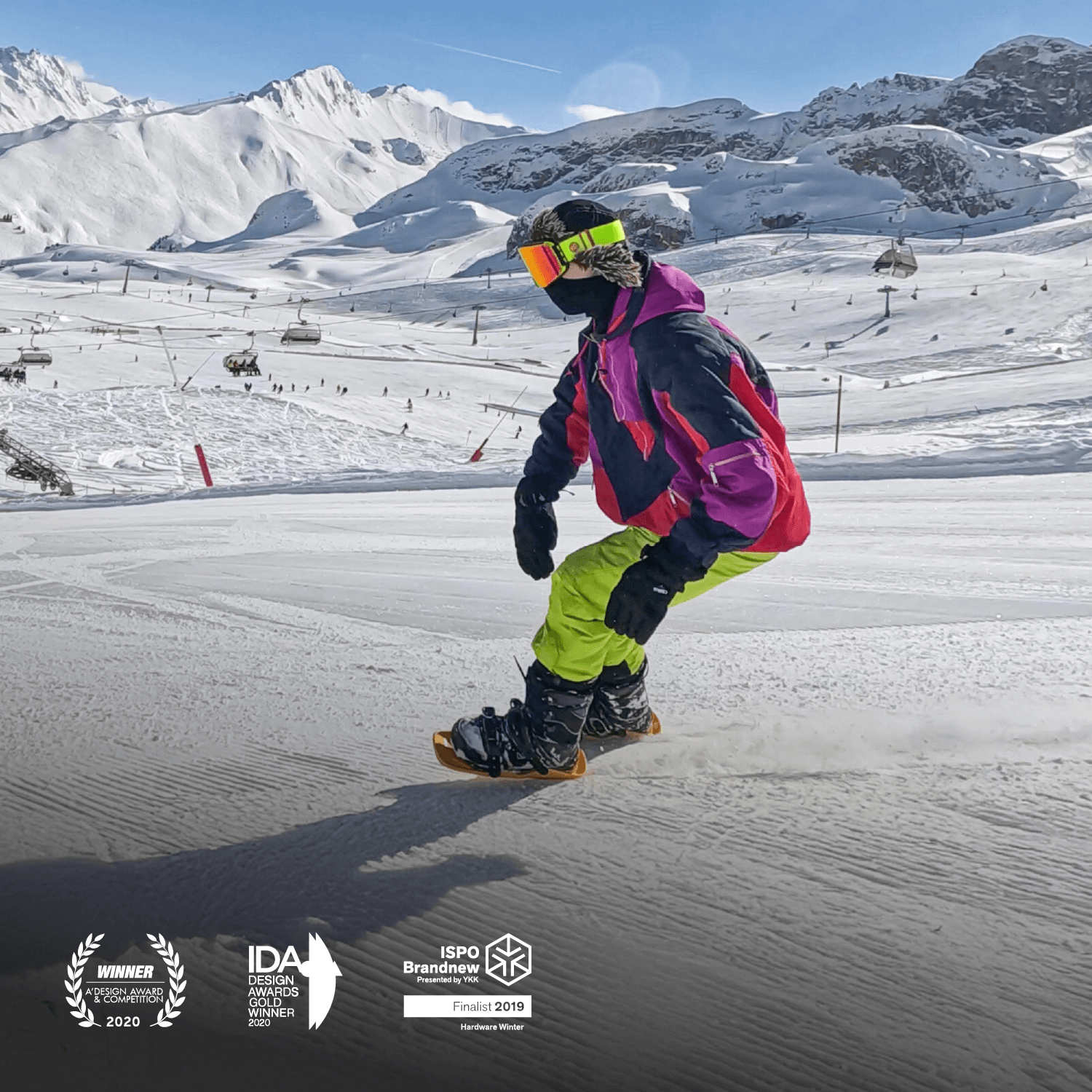
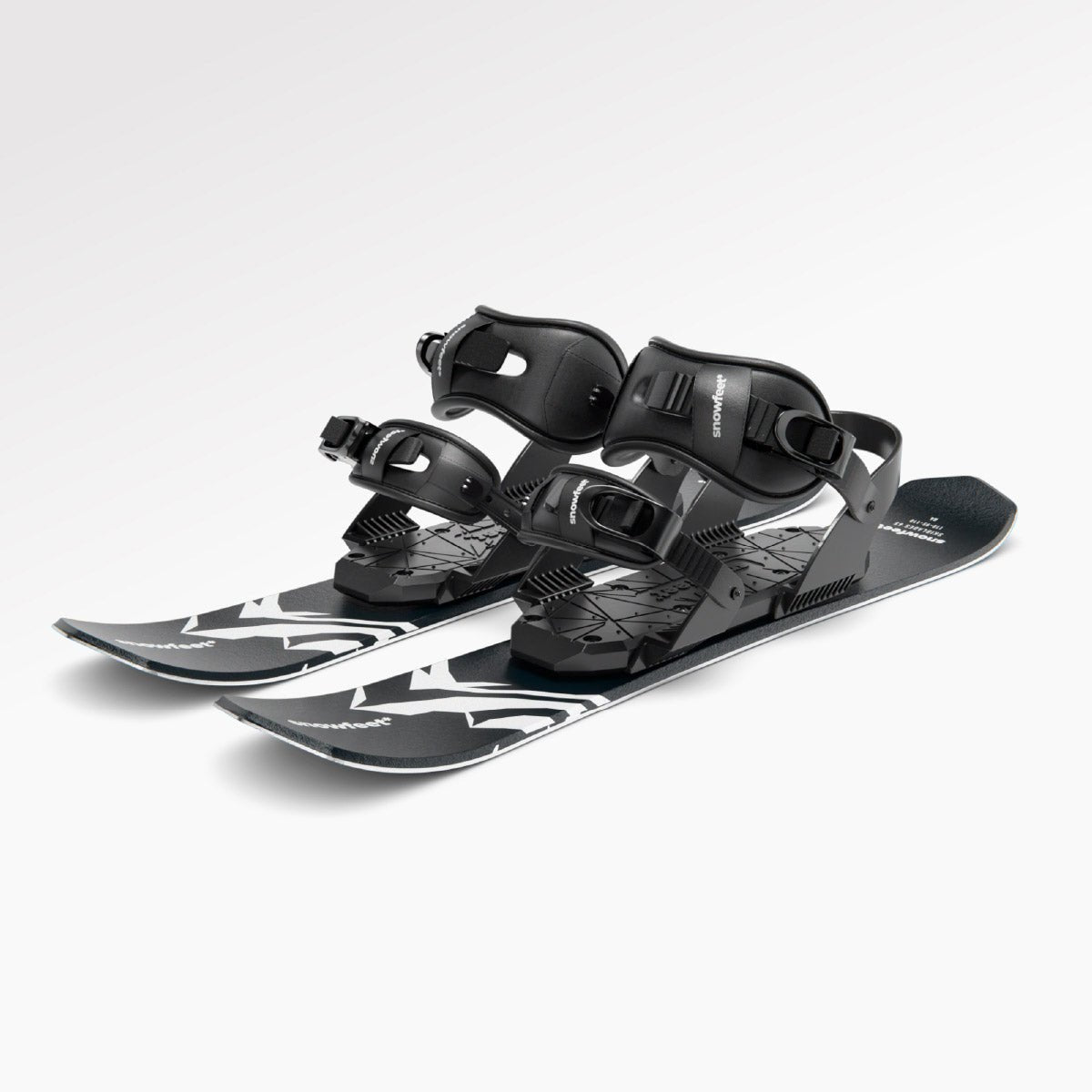
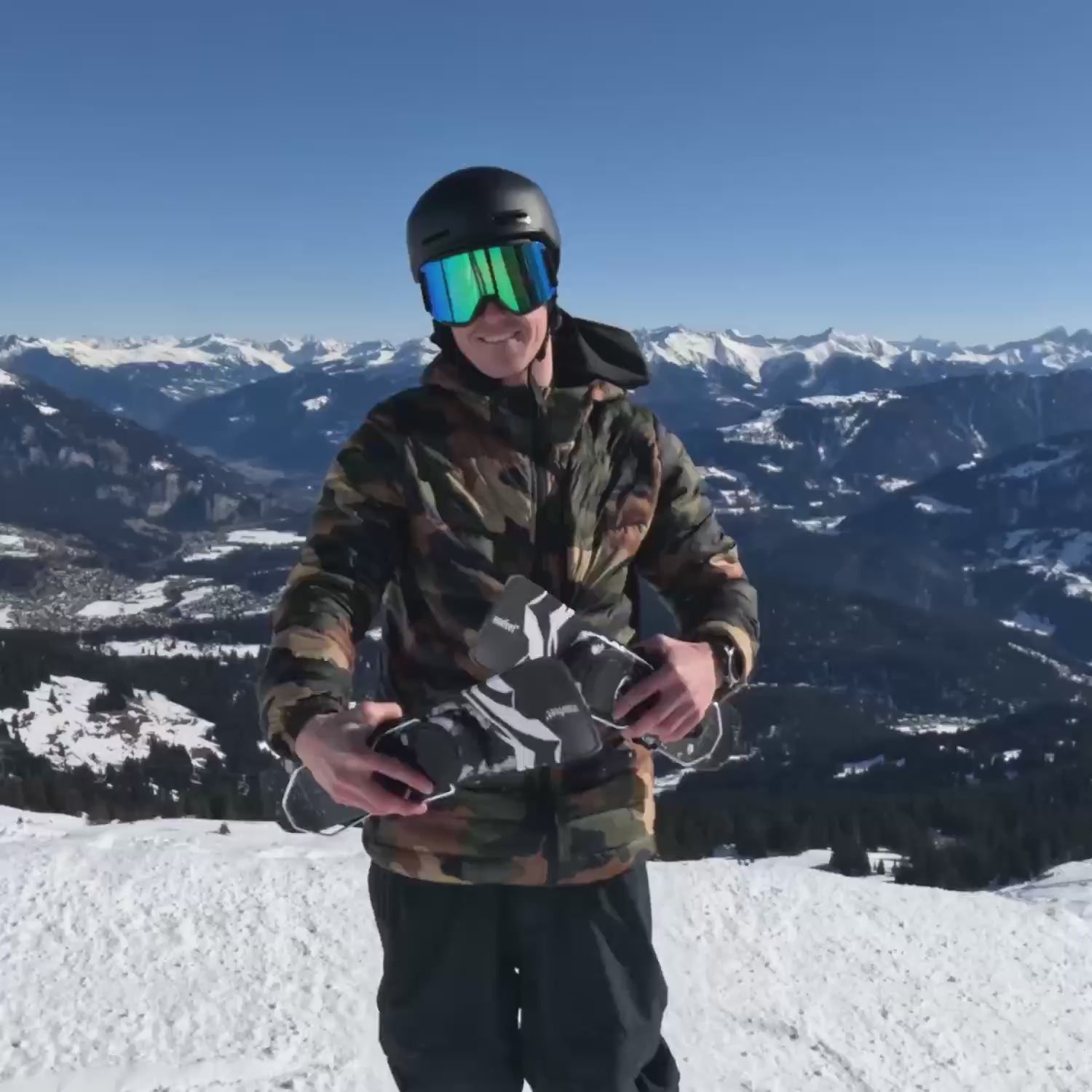
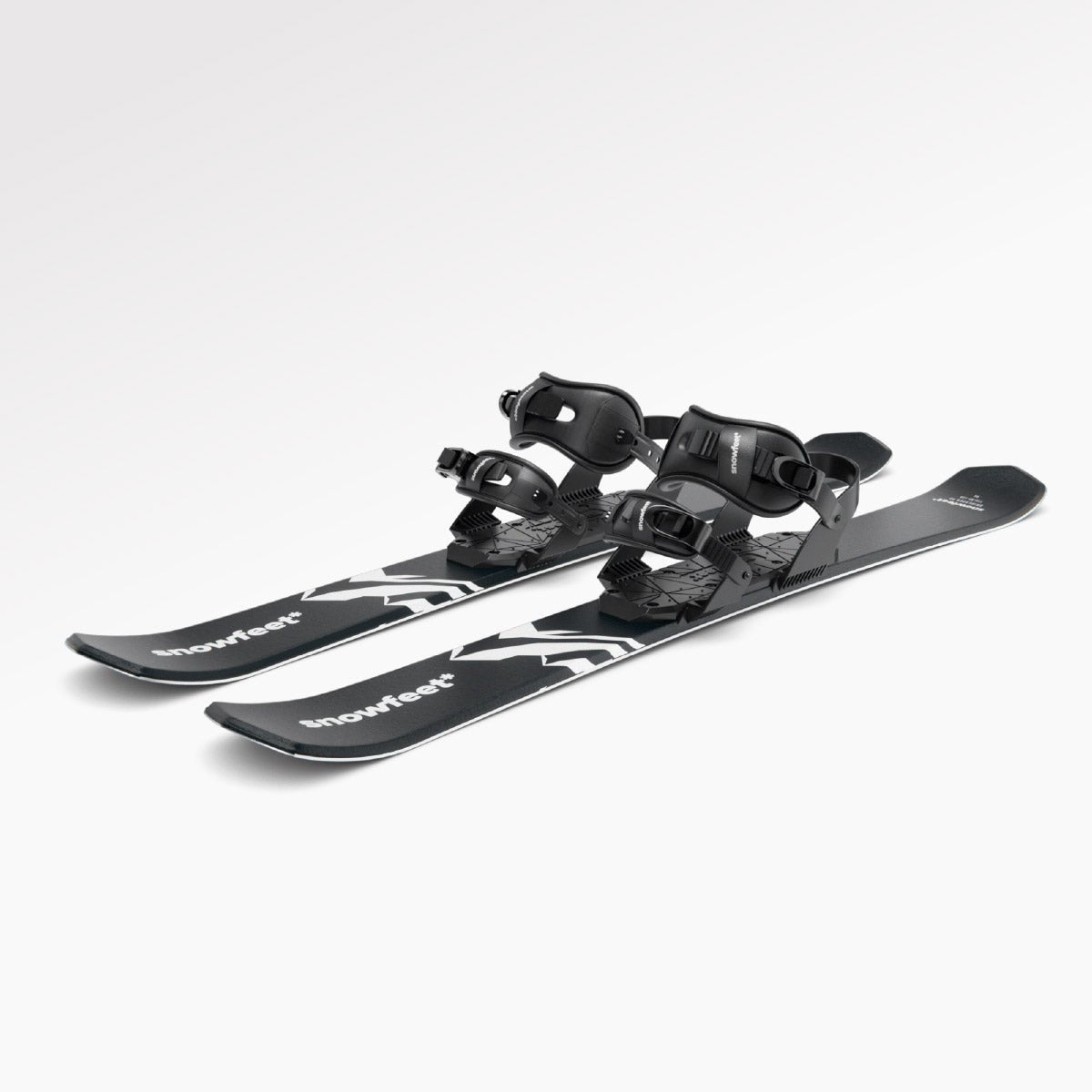
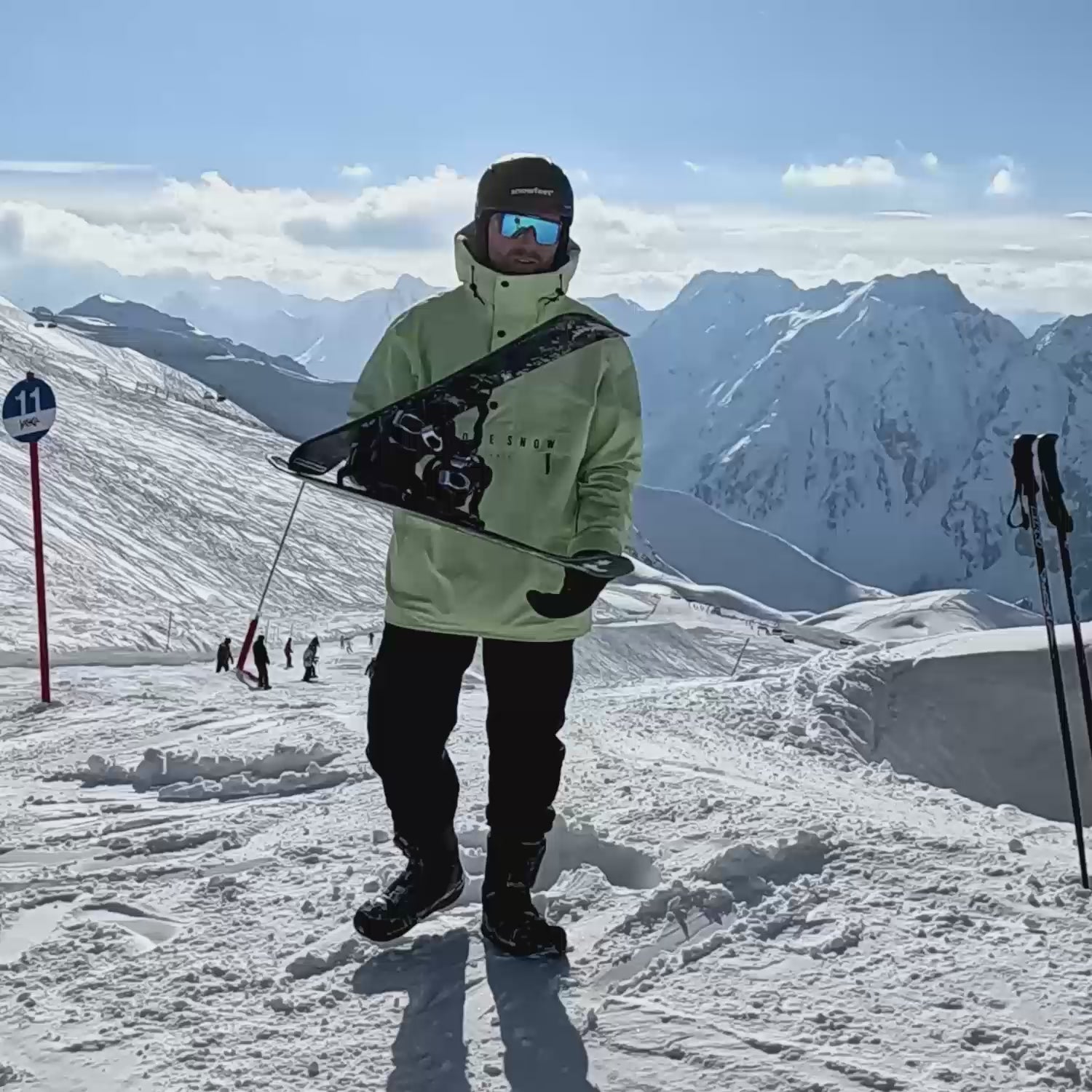
Lämna en kommentar
Denna webbplats är skyddad av hCaptcha och hCaptchas integritetspolicy . Användarvillkor gäller.